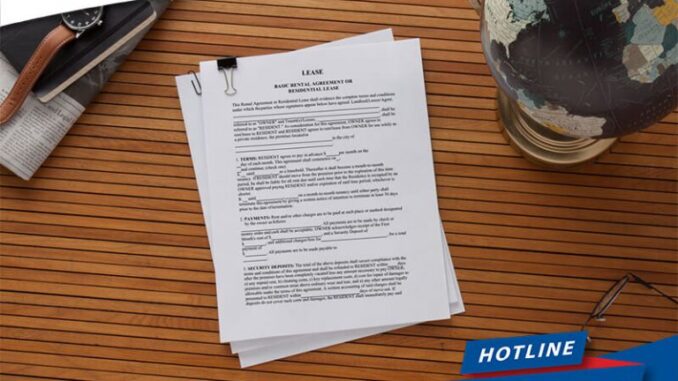
Obtaining a Vietnamese visa is an essential step for Australian citizens planning to visit Vietnam. Understanding the application process, requirements, fees, and various visa types available can greatly facilitate a smooth travel experience. In this comprehensive guide, we will delve into the intricacies of obtaining a Vietnamese visa from Australia, providing detailed information and specific examples to ensure you are well-prepared for your journey.
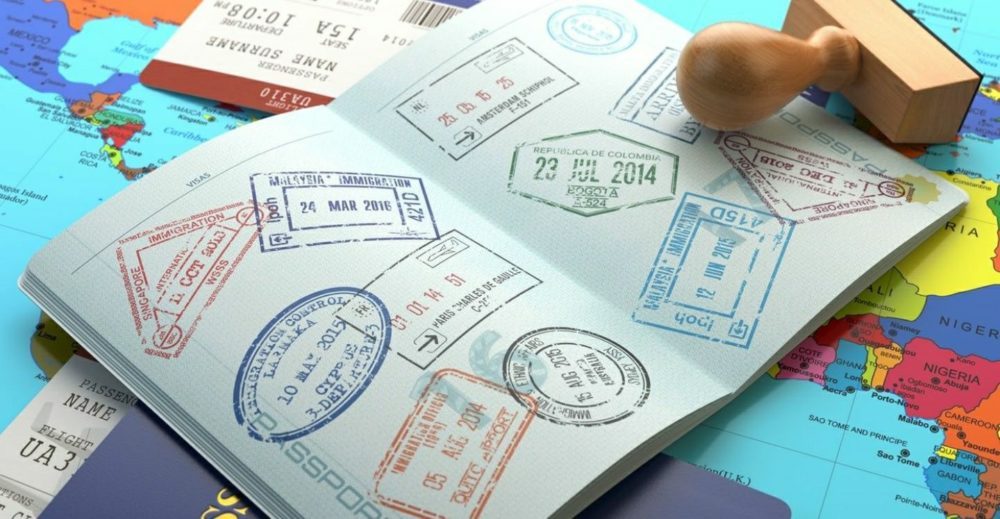
1. Vietnamese Visa Application Process for Australian Citizens
Applying for a Vietnamese visa from Australia involves several steps that must be followed meticulously. The process generally includes the following stages:
- Determine the type of visa: Before starting the application process, it is important to identify the most suitable visa type for your travel purpose. Vietnamese visas are categorized based on the duration and nature of the visit, including tourist visas, business visas, diplomatic visas, and more.
- Choose the visa application method: Australian citizens have two primary options for applying for a Vietnamese visa: through the Vietnamese embassy/consulate in Australia or via the convenient “visa on arrival” service. Each method has its own advantages and requirements, which we will explore in detail later.
- Prepare necessary documents: Regardless of the chosen application method, certain documents are universally required, such as a valid passport with at least six months of validity remaining, completed visa application forms, passport-sized photographs, and proof of travel arrangements (itinerary, flight tickets, etc.). Additionally, specific documentation may be requested depending on the visa type and purpose of the visit.
- Submit the visa application: Submitting the visa application entails either visiting the Vietnamese embassy/consulate in person or sending the application and supporting documents by mail. Alternatively, for the visa on arrival option, an online application form must be completed in advance.
- Pay the visa fee: Vietnamese visas incur a fee that varies depending on factors such as visa type, processing time, and duration of stay. The payment is typically made at the embassy/consulate or through online platforms for visa on arrival applications.
- Wait for visa processing: The processing time for Vietnamese visas can range from a few business days to several weeks, depending on the application method, visa type, and other factors. Patience is key during this stage, and it is advisable to submit the application well in advance of your planned travel dates.
- Collect your visa: Once the visa is approved, you can collect it in person from the embassy/consulate, or if you opted for the visa on arrival service, you will receive an approval letter via email to present upon arrival in Vietnam.
2. Requirements for Obtaining a Vietnamese Visa from Australia
To successfully obtain a Vietnamese visa from Australia, certain requirements must be met. These requirements may vary slightly depending on the visa type and application method chosen. Here are the general prerequisites:
- Valid passport: Australian citizens must possess a valid passport with at least six months of validity remaining beyond the intended departure date from Vietnam.
- Completed visa application form: Applicants must complete the appropriate visa application form accurately and legibly. This form can be obtained from the Vietnamese embassy/consulate or downloaded from their official website.
- Passport-sized photographs: Typically, two recent passport-sized photographs are required, adhering to certain specifications such as size, background color, and facial expression. It is advisable to check the specific requirements beforehand.
- Proof of travel arrangements: Evidence of travel plans, including flight tickets, hotel reservations, or a detailed itinerary, may be necessary to support your visa application.
- Visa fee payment: The applicable visa fee must be paid at the time of submitting the visa application. The exact amount varies depending on the visa type, processing time, and duration of stay. Payment methods may differ between the embassy/consulate and online platforms.
- Additional documents for specific visa types: Depending on the purpose of your visit, additional documentation may be required. For example, business travelers may need an invitation letter from a Vietnamese company, while those visiting friends or relatives might need an invitation letter from their hosts.
It is crucial to consult the website of the Vietnamese embassy/consulate in Australia or contact them directly to obtain the most up-to-date and accurate information regarding specific requirements for your visa application.
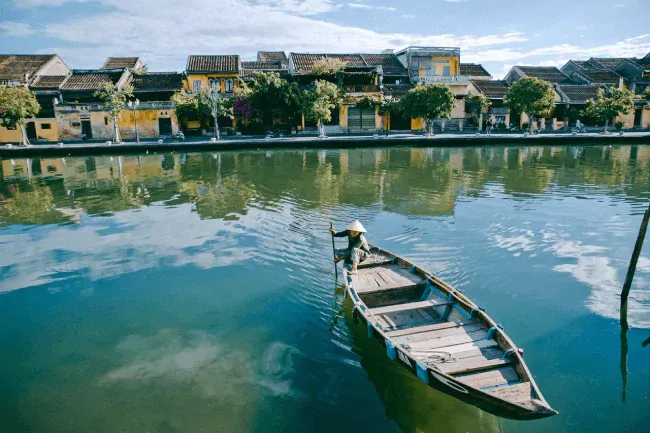
3. Types of Vietnamese Visas Available for Australian Citizens
Vietnam offers various types of visas to cater to different travel purposes. Australian citizens can choose the most suitable visa based on the nature and duration of their visit. The following are some common visa types available:
- Tourist visa: This visa is designed for individuals visiting Vietnam for tourism and leisure purposes. It allows for a specified period of stay, generally up to 30 days or longer depending on the visa type obtained. Extensions may be possible in certain circumstances.
- Business visa: Australian citizens planning to engage in business activities in Vietnam can apply for a business visa. This type of visa allows individuals to attend meetings, conferences, and explore potential business opportunities in the country. Business visas are available for varying durations, such as one month, three months, or even longer-term options.
- Diplomatic/Official visa: Diplomatic and official visas are issued to Australian government officials, diplomats, and individuals traveling on official government business. These visas are usually obtained through diplomatic channels and require appropriate documentation and approval from both countries’ authorities.
- Work visa: Individuals seeking employment in Vietnam must apply for a work visa. This visa category requires sponsorship from a Vietnamese employer or organization and often involves additional documentation, such as work permits and labor contracts.
- Student visa: Australian students pursuing educational opportunities in Vietnam need to obtain a student visa. This visa allows for an extended stay and is granted to those enrolled in recognized educational institutions in Vietnam.
- Transit visa: If you have a layover in Vietnam and plan to leave the airport during your stopover, you may need a transit visa. This visa permits a short stay in Vietnam while transiting to another destination.
It is crucial to assess your travel purpose carefully and choose the appropriate visa type accordingly. For detailed information on each visa category, including specific requirements and limitations, it is advisable to consult the official website of the Vietnamese embassy/consulate in Australia.
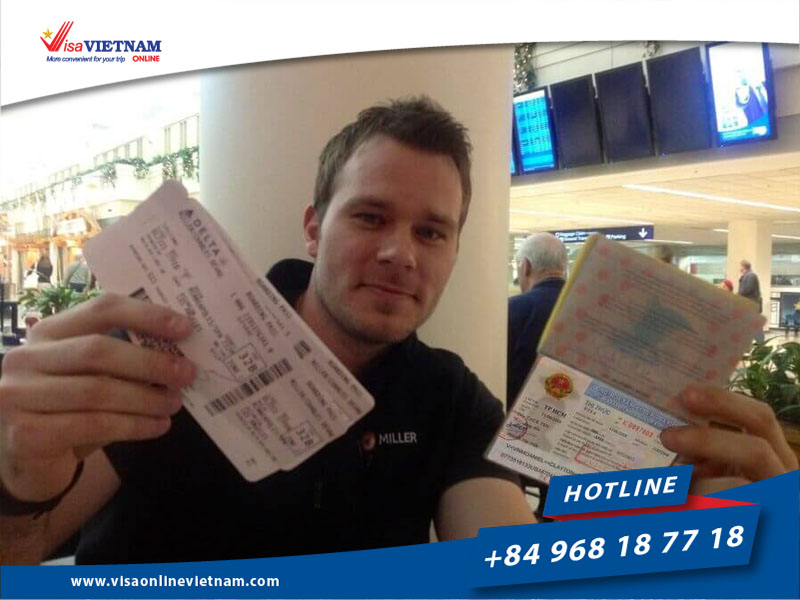
4. Vietnamese Visa Fees and Processing Time for Australians
When applying for a Vietnamese visa, Australian citizens must be aware of the associated fees and processing times. These factors may vary depending on the visa type, application method, and duration of stay. Here is an overview of the common aspects related to Vietnamese visa fees and processing time:
- Visa fees: The fees for Vietnamese visas are subject to change and depend on various factors, including the visa type, processing time, and duration of stay. Generally, the fees range from approximately USD 25 for a short-term tourist visa to USD 135 for a multiple-entry business visa with extended validity.
- Processing time: The processing time for Vietnamese visas can vary significantly. For applications submitted through the Vietnamese embassy/consulate, the processing time may take anywhere from three to ten working days, depending on the visa type and workload at the embassy/consulate. On the other hand, the visa on arrival option usually offers quicker processing times, typically within two to three business days.
- Expedited processing: In urgent situations, expedited processing may be available at an additional cost. This service ensures faster visa processing but is subject to approval and availability.
It is important to note that the visa fees are non-refundable, even in the event of visa denial or withdrawal of the application. Therefore, it is advisable to carefully review all requirements and double-check the accuracy of your application before submitting it to avoid any unnecessary inconvenience or financial loss.

5. Vietnamese Visa on Arrival Option for Australian Travelers
The Vietnamese visa on arrival (VOA) option provides a convenient alternative for Australian travelers, particularly those arriving by air, as it eliminates the need to visit the Vietnamese embassy/consulate in person. Here’s how the VOA process works:
- Pre-approval letter: Before traveling to Vietnam, Australian citizens must apply online for a pre-approval letter through authorized travel agencies or specialized websites. The application usually requires providing personal details, travel information, and paying a service fee.
- Approval letter issuance: Upon successful processing of the application, an approval letter will be issued and sent to the applicant via email. This letter serves as official permission to board the flight to Vietnam.
- Arrival in Vietnam: Upon arrival at one of Vietnam’s international airports (such as Hanoi, Ho Chi Minh City, or Da Nang), Australian travelers must present their approval letter, a completed entry and exit form (available on the airplane or at the airport), original passport with remaining validity of at least six months, two passport-sized photos, and pay the stamping fee in cash (USD or Vietnamese Dong).
- Stamping of visa: After submitting the required documents and paying the stamping fee, immigration authorities will affix the visa stamp onto the traveler’s passport, granting them permission to enter and stay in Vietnam for the specified duration.
The visa on arrival option provides flexibility and convenience, especially for last-minute travel plans or those residing far from the Vietnamese embassy/consulate. However, it is important to note that this service is only available for air travel and not for land or sea crossings into Vietnam.
6. Vietnamese Embassy/Consulate in Australia for Visa Applications
The Vietnamese embassy and consulates in Australia are responsible for processing visa applications and providing assistance to Australian citizens seeking to visit Vietnam. Here are some key details about the Vietnamese diplomatic missions(Continued)
in Australia:
- Embassy of Vietnam in Canberra: The Embassy of Vietnam in Canberra is the primary diplomatic mission representing Vietnam in Australia. It is located in Yarralumla, Canberra, and handles visa applications for residents of the Australian Capital Territory (ACT) and other nearby regions.
- Consulate General of Vietnam in Sydney: The Consulate General of Vietnam in Sydney serves as a representative office for Vietnam in New South Wales (NSW) and provides consular services, including visa processing, to residents of NSW and surrounding areas.
- Consulate General of Vietnam in Perth: The Consulate General of Vietnam in Perth caters to the visa needs of Western Australia (WA) residents and offers consular services to the local Vietnamese community and Australian citizens.
- Consulate General of Vietnam in Melbourne: Located in the heart of Melbourne, the Consulate General of Vietnam in Melbourne assists Victorian residents with visa applications and delivers consular services to the local community.
It is advisable to contact the specific embassy or consulate nearest to your place of residence to inquire about their operating hours, visa application requirements, and any additional guidelines or forms that may be necessary for your application.
7. Documents Needed for a Vietnamese Visa Application from Australia
When applying for a Vietnamese visa from Australia, certain documents are required to support your application. While specific requirements may vary based on the visa type and application method, here is a general list of essential documents you will need to prepare:
- Valid passport: Your passport must have at least six months of validity beyond your intended departure date from Vietnam. It should also have blank pages for the visa sticker or stamp.
- Completed visa application form: Fill out the visa application form accurately and legibly. The form can be obtained from the Vietnamese embassy/consulate’s website or acquired during in-person submission.
- Passport-sized photographs: Provide two recent passport-sized photographs that meet the specified requirements regarding size, background color (usually white), and facial expression.
- Proof of travel arrangements: Include documents such as flight tickets, hotel reservations, or a detailed travel itinerary to demonstrate your travel plans in Vietnam.
- Visa fee payment: Prepare the necessary funds to cover the visa fees. Payment methods may vary depending on the application method and embassy/consulate preferences. It is advisable to confirm the acceptable payment methods beforehand.
- Additional documents for specific visas: Certain visa types may require additional supporting documents. For instance, a business visa might necessitate an invitation letter from a Vietnamese company or organization, while a student visa might demand proof of enrollment at an educational institution in Vietnam.
Remember to carefully review the official website of the Vietnamese embassy/consulate or contact them directly to obtain the most up-to-date and accurate information regarding the required documents for your specific visa application.
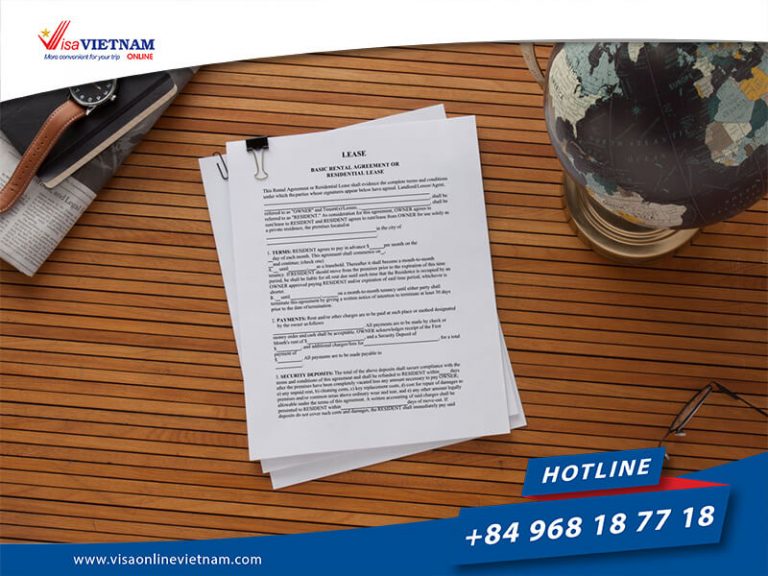
8. Tips for a Smooth Vietnamese Visa Application Process from Australia
To ensure a smooth Vietnamese visa application process from Australia, consider the following tips:
- Start early: Begin the visa application process well in advance of your planned travel dates. This allows sufficient time for any unforeseen delays or complications that may arise during the process.
- Research visa requirements: Thoroughly research the specific visa requirements for your intended travel purpose. Different visa types may have distinct documentation needs, so it is crucial to gather all the necessary documents and information before submitting your application.
- Complete forms accurately: Fill out all visa application forms accurately and legibly. Any errors or omissions can potentially lead to delays or even visa rejection. Take your time and double-check all the information provided.
- Check passport validity: Ensure that your passport has at least six months of validity remaining beyond your intended departure date from Vietnam. If your passport is nearing expiration, consider renewing it before applying for a visa.
- Photographs:
- Follow the specifications for passport-sized photographs strictly. These may include factors such as size, background color, and facial expression.
Consider having additional copies of your passport-sized photographs on hand in case they are required for other purposes during your travel.
Communicate with the embassy/consulate: If you have any doubts or concerns about the visa application process, reach out to the Vietnamese embassy/consulate for clarification. They can provide accurate information and guidance to ensure a successful application.
- Keep copies of all documents: Make photocopies or scan all the documents you submit with your visa application. This includes your passport, visa application form, and supporting documents. Having these copies can be useful in case of any unforeseen circumstances or if you require duplicate documentation while traveling.
- Track the progress of your application: If submitting your visa application through the Vietnamese embassy/consulate, inquire whether there is a tracking system available to check the status of your application. Tracking can provide reassurance and help you(Continued)
stay informed about the progress of your visa application.
- Be prepared for interviews: In some cases, the embassy/consulate may request an interview as part of the visa application process. If notified, be prepared to attend the interview and provide any additional information or documents they may require.
- Maintain communication: Ensure that you can be easily reached during the visa processing period. Provide accurate contact information in your application and promptly respond to any inquiries or requests from the embassy/consulate.
- Plan your itinerary accordingly: While waiting for your visa to be processed, plan your travel itinerary, accommodation, and other arrangements accordingly. It is advisable to make flexible arrangements or have alternative plans in case there are unexpected delays in visa processing.
- Travel insurance: Consider obtaining travel insurance that covers any unforeseen circumstances or emergencies during your trip to Vietnam. This can provide financial protection and peace of mind throughout your journey.
Remember, it is essential to refer to the official website of the Vietnamese embassy/consulate in Australia or contact them directly to obtain the most accurate and up-to-date information regarding the visa application process, requirements, fees, and any recent changes that may affect Australian citizens.

Leave a Reply